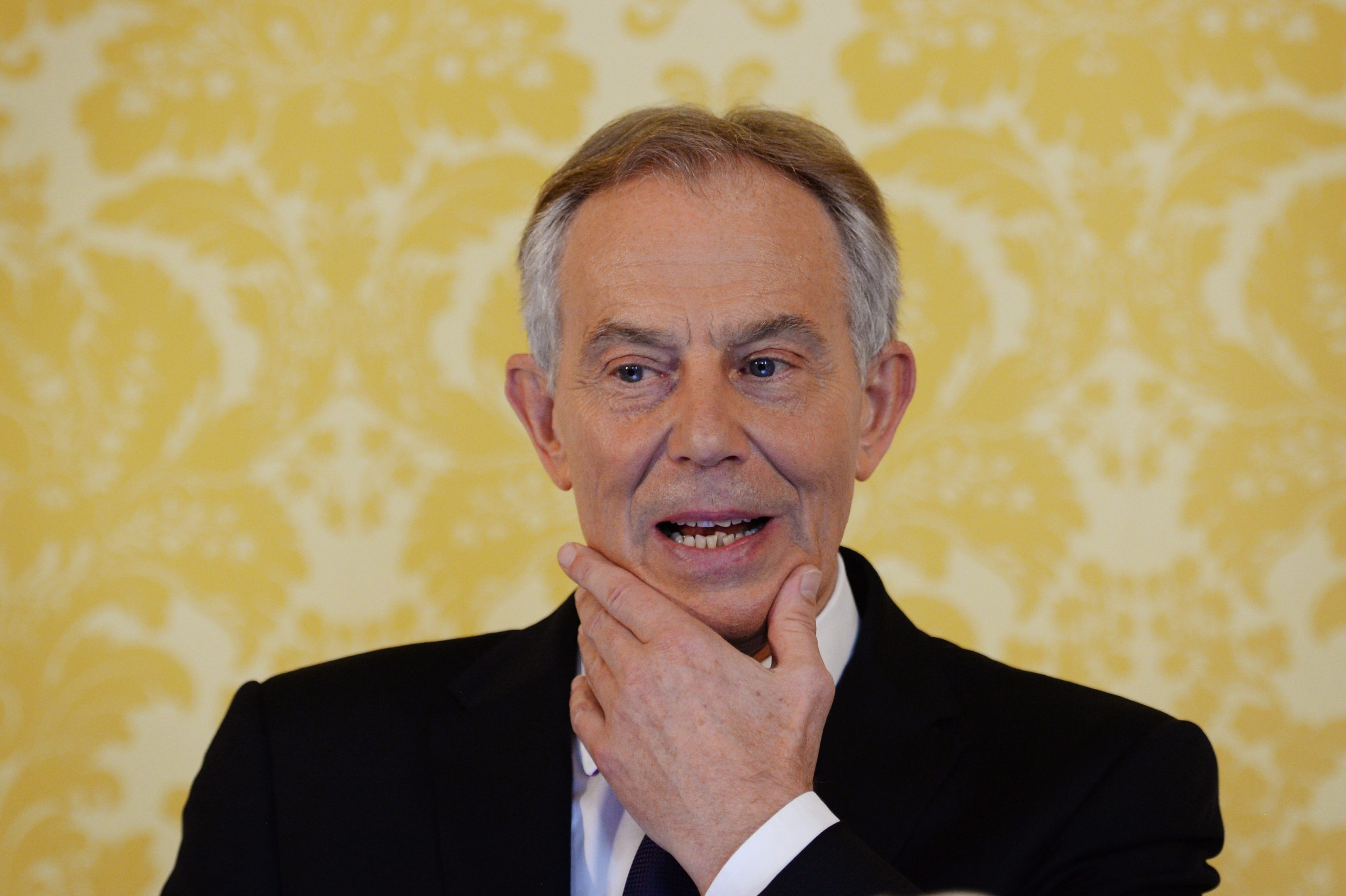
The half hour before the Chilcot report was circulated to the world’s media was like the stomach-churning, seemingly interminable final lead-up to an important exam.
Laid out in advance on rows and rows of desks were summaries of the 12-volume findings.
After almost seven years in the making, the ‘you may turn over your papers now’ moment came at precisely 8am on Wednesday.
Then – for the next three hours – nobody was allowed to leave, not until Sir John Chilcot got to his feet to unveil his verdict to the world.
As a mere observer it was nerve-wracking. I can’t begin to imagine how the families of those killed in Iraq could have felt.
Unlike Tony Blair and others criticised in the report they had just 120 minutes ahead of publication to digest the 2.6 million words.
Far from a whitewash, as some had feared, the criticisms came thick and fast.
The British invasion was based on “flawed intelligence”; there was no imminent threat from Saddam Hussein in March 2003; military action was “not a last resort”.
Sir John’s report never set out to rule on the war’s legality, but the decision-making process that led to the conclusion there was a legal basis for intervention was branded “far from satisfactory”.
Distressingly for the relatives, equipment shortfalls were also identified.
And yet belligerent Blair remained defiant, unrepentant.
Yes, he had tears in his eyes as he began his news conference, but he grew bolder by the second.
The world was a better place without Saddam, he told us, the report had concluded parliament was not misled; there was no secret commitment to war.
Harder to get around, surely, was his love letter to George Bush in July 2002– eight months before the invasion.
“I will be with you whatever,” it declared. The ex-prime minister assuredly asked that it be read in context – his next word in the note was “but”.
The hubris on display, such unfailing self-belief – 13 years on and in the face of mounting calls for him to be tried – was astonishing.
Indeed, perhaps it was this indefatigable self-confidence that caused him to over-estimate his powers of persuasion with Bush.
Time has not weakened his conviction in his decision. He is more sure than ever he will be proved right, that “history will take a different view”.
Of course he may well turn out to be correct, the Middle East could stabilise – but if and when that time comes, you and I will be long gone.
It certainly won’t happen in his life time, at least.
As Blair expressed “more sorrow, regret and apology than you may ever know”, an actual “I’m sorry” for the “disastrous” move came from Jeremy Corbyn.
Some more wishful-thinking Labour MPs had hoped the long-term anti-war campaigner had been holding off resigning until after Chilcot.
But the veteran left-winger seems intent on staying.
A negotiated exit is looking increasingly less likely, with a challenger set to emerge in the next few days – probably in the form of ex-shadow business secretary Angela Eagle.
If successful, she would become the first woman at the helm of UK Labour – Margaret Beckett and Harriet Harman were only ever acting leaders.
For all the party’s oft-stated commitment to feminism and equality, it is the Conservatives who are en route to delivering a second female PM.
After gossipy-Gove (apparently he has a loose tongue, especially after a few drinks) got his comeuppance and crashed out of the race, Remainer Theresa May and Energy Minister Andrea Leadsom – little-known before her prominent role in the Vote Leave campaign – will go head-to head for the top job.
The Home Secretary undoubtedly has more experience, but the Eurosceptics in the Conservative party membership – which now has the final say – may insist a Brexiteer takes the reins from David Cameron.
And with the mammoth task of withdrawal from the European Union to navigate, a track record could hold less sway than the team you were on.
READ MORE

Enjoy the convenience of having The Sunday Post delivered as a digital ePaper straight to your smartphone, tablet or computer.
Subscribe for only £5.49 a month and enjoy all the benefits of the printed paper as a digital replica.
Subscribe